What Language Do You Speak?
Early this year I attended an out-of-state weekend workshop to study Turkish Rom dance. After the final class, a group of us went out to restock our many burned calories. Our dinner party included the instructor and the sponsor in addition to a group of us students. Aside from being hungry, I was also there to work – specifically, to interview the instructor for Shimmy Magazine.
After the meal and interview were wrapped up, the talk continued heading in the direction of comparative styles. The sponsor was giving her opinion and said she liked Turkish style bellydance best because it is “so much more expressive than Egyptian.” My gut reaction left me speechless – probably a really good thing at that moment! ( I think my dance partner later said all the color drained from my face.) What could possibly be more expressive than Egyptian music with all its drama? I regained my powers of speech and tossed in my point of view – one long-steeped in Oum Kalthoum and Mohammed Abdel Wahab. The sponsor was unswayed and still convinced that Turkish style was the epitome of expression in bellydance. I dropped the point and left her to her opinion, but had a long drive home to think about why we were each so shocked at the other’s fiercely held view.
In turning the world “expression” over and over in my mind, comparisons to language kept coming up. Learning a dance style is like learning another language. New movements are like new words. Combinations and gestures that convey the style are like context and idioms. As we gain mastery over these elements – be they words or movements – we gain fluency. Fluency is what allows us to truly express.
Expression happens in all languages with native speakers and diligent students; the less skilled linguist has to be satisfied with mechanically picking their way word by word through a conversation until they earn the badge of fluency. The same is true in dance. When a style truly becomes part of us, we have body fluency and the ability to express both ourselves and the music with every movement. And just as with languages, we can be fluent in one or maybe more, and quite challenged in many others.
By the time I reached home, I concluded it isn’t that one style of bellydance is inherently “more expressive” than another, it is that each dancer has a different skill set, body-fluent in some styles more than others. We can choose to specialize and be mono-lingual dancers, work hard to be dance multi-linguists or happily reside somewhere in between. The important thing isn’t where we are on that scale, but that we realize it’s US and not the style that determine the possibilities for expression.
What language does your body speak?

